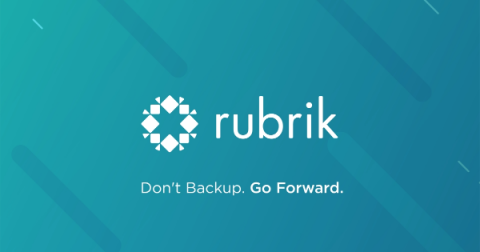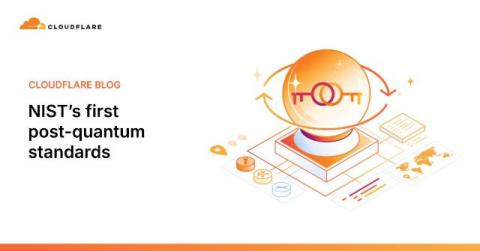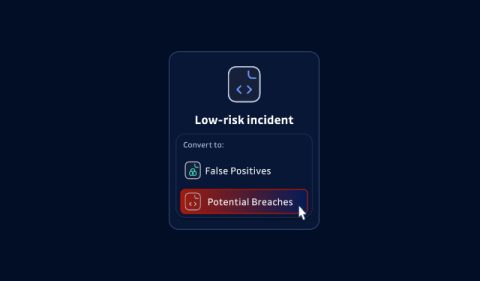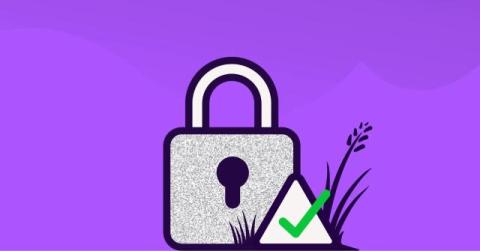Another Case for Cyber Resilience: A Large-Scale Extortion Campaign and Best Practices for Data Security in the Cloud
Recently, a widespread cloud extortion operation—affecting 110,000 domains and involving significant financial demands—was uncovered. Unit 42, the cybersecurity research division of Palo Alto Networks, released a report this month detailing how threat actors exploited misconfigured.env files to gain unauthorized access, steal sensitive data, and demand ransoms after deleting cloud assets.










